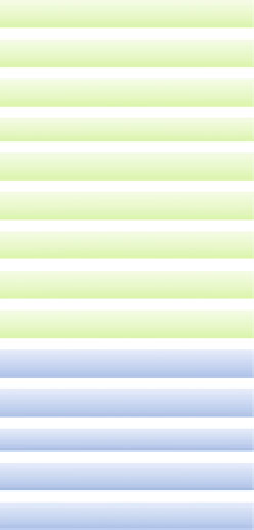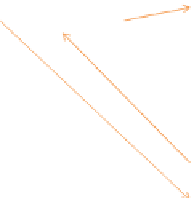Geography Reference
In-Depth Information
P172R035_080507/for winter crops classification
Subset on ERB-borders and for removal the
margins distortion
Supervised classification/MLC
Five general classes
Subset on the irrigated areas borders
Masking the cultivated areas class
(cropped+fallow)
Training set design:
ROIs
gathering, drawing, an
d separability
evaluation
Unsupervised classification (ISODATA)/9 classes
Choose the classes to
be classified based on
the statistic records
Supervised classification/MLC
Classes: Fallow, Trees and shrubs, crops
(Wheat, Barley, Sugar beet, and another crops)
Combine and masking
(Fallow, Wheat, Barley, and another crops)
Applying on (P172R035_070807)/for summer
crops classification
Accuracy assessment
Unsupervised classification
Supervised classification/MLC
Classes: Fallow, crops (Cotton, Corn, another
crops)
Fig. 5.52
The
general
concept-steps
adapted
to
classify
the
various
agricultural
classes,
especially the major strategic winter and summer crops
The adopted concept (Fig.
5.52
) in agriculture classification was based on the
results of the previous two sections (
Sects. 5.8
and
5.9
). The first step was to define
the classes to be classified, based on the statistical records for the study year/s with
no/or insufficient truth-data (e.g., 1987-data). This was followed by selection of the
winter related data (Fig.
5.53
), and subsetting to remove margin distortions, and to
extract only the ERB spatial related areas. The time series of remotely sensed data
were first used to generate a LULC-map of the whole ERB-area based on the
LCCS-scheme (see
Sect. 5.8
). This process involved the use of one mosaic-image
or each individual image, which was then mosaicked into one thematic-mosaic-
map. The classification method was based on a MLC algorithm. The resulting
classification had five general classes. The important general class which was used
as the basis in irrigated agriculture classification was: cultivated areas: cropped
and fallow. Using the derived vector-file which located the detailed spatial dis-
tribution of each project, sub-setting was conducted and the cultivated areas which
existed only within the irrigation-projects and not within the whole ERB were
extracted. Finally, using the unsupervised approach as an indicator for additional
information about the spectral characteristics of the area, training samples were
collected for some general classes (e.g., water), followed with the tested MLC
approach (see
Sect. 5.7
) to generate the final thematic map of the major winter













































Search WWH ::

Custom Search